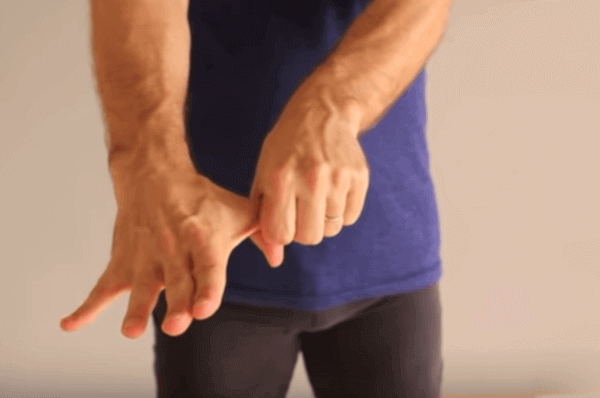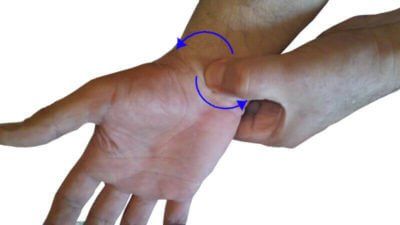Hand Exercises for Artists
Table of Contents
- Introduction: Why Hand Exercises for Artists Matter
- Specific Exercises
1) Thumb stretch
2) "Stop" stretch
3) "Prayer" stretch
4) Finger interlace stretch
5) OPTIONAL: Individual wrist massage
These simple
hand exercises for artists
improve flexibility, prevent stiffness, and reduce pain from repetitive hand movements. Practicing them for just a few minutes each hour keeps your hands strong, supports circulation, and protects against carpal tunnel syndrome—so you can create art comfortably and safely.
If you create art with your hands, you know how demanding it can be. Hours of sketching, sculpting, or digital drawing can leave your wrists tight and your fingers sore. Fortunately, a few simple hand exercises for artists
can help you stay comfortable, flexible, and pain-free—so you can keep creating without limits.
Introduction: Why Hand Exercises for Artists Matter
Whether you’re a painter, sculptor, illustrator, or digital artist, your hands are your most powerful creative tools. Every brushstroke, line, or touch of clay depends on their strength and precision. Yet long sessions of fine, repetitive movement can take a serious toll—causing fatigue, stiffness, or even pain from conditions like
carpal tunnel syndrome.
That’s why incorporating hand exercises for artists into your daily routine is so important. These focused movements keep your fingers flexible, your wrists strong, and your circulation steady. Think of them as simple maintenance for the intricate muscles and tendons that bring your ideas to life.
In this article, you’ll learn a set of quick, effective stretches designed specifically for artists and anyone who relies on fine motor control. Most take less than 30 seconds and can be done right at your desk or easel. Just a few mindful minutes each hour can prevent strain, preserve your creative flow, and keep your hands healthy for years to come.
Specific Exercises
1. Thumb stretch
2. "Stop" stretch
3. "Prayer" stretch
4. Finger interlace stretch
OPTIONAL: Individual wrist massage
Carpal tunnel symptoms? Stop the pain & numbness - try the CarpalRx!
Summary
Together, these hand exercises for artists are quick and effective. Together, the exercises break up limber up fingers and promote blood circulation in your hand. If you’re concerned about hand pain or fatigue, incorporate these stretching exercises into your daily routine. Doing so will insure you never suffer from hand problems.
FAQs
Why does my friend have normal hands while I have carpal tunnel, yet I paint for shorter hours?
Nobody knows why carpal tunnel happens in one person but not another when both have identical lifestyles.
Can I do these stretching exercises in any order?
Yes, because only the stretching matters, not the order.
Can I do these stretches more often, like every half hour?
Yes, you can do them as often as you like. More often is actually better than less often.
About







